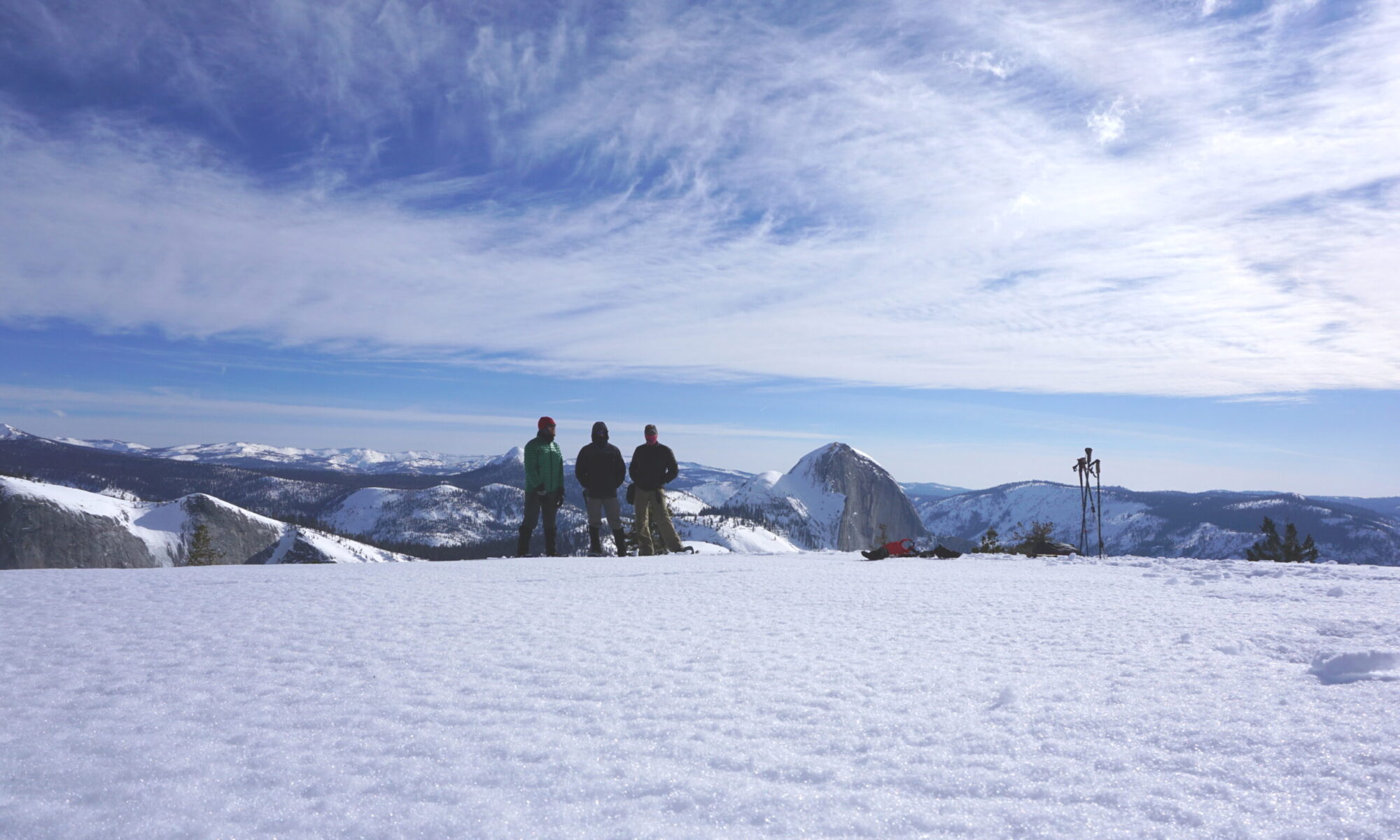
My Journey
When I started hiking trekking poles were not a piece of gear I would carry. My pack was heavy. I had a 6 lbs. internal frame pack, a military sleeping bag and a 2 person dome tent which weighed about 4.5 lbs. As time went on I would get new gear, focusing on quality and weight. I was tired of my 60lb pack. I wanted to be more comfortable and faster. I got rid of Altoids cans, my Rambo knife and my pelican box and i was introduced to trap tents. I was stoked. My tarp weighed 20oz. A feather compared to the boulder I’d carried around my whole life. The mountain laurel tarp I purchased was supported by trekking poles, up to this point I associated trekking poles with old and/or unfit individuals. I was completely wrong.
Trekking poles have many uses for the backpacker. They are a travel assistance tool that can greatly assist in balancing and carrying heavy loads. They help boost climbers uphill and help put on the brakes when going down. They offer balance and stability when fording rivers, traversing over uneven terrain, and travel on snow or scree. They redistribute effort across arms and legs, which helps in minimizing the stress on lower extremities allowing you to increase overall endurance. My initial purpose as support for my shelter soon expanded. I realized I never wanted to leave home without them. I was faster, I was more balanced and I was less fatigued. The ability to have 3 points of contact with the ground at any time enhanced the hiking experience for me. As I’ve grown and had the privilege to introduce others to hiking, trekking poles have become the 4th of the big 3 (Backpack, tent, sleeping bag). Trekking poles make you a better a safer hiker. Trekking poles become spare tires. Imagine yourself or a companion with a sprained ankle or twisted knee, right. For the weight and uses, regardless of age or fitness I suggest making some room for this light weight piece of gear in your pack.
Techniques
A common tactic used by some backpackers and climbers is to shorten adjustable trekking poles slightly when traversing uphill (Figure 1a) and lengthen them slightly when traversing downhill (Figure 1b). For traversing uneven terrain, slide your uphill hand as far as necessary down the shaft of the pole below the handle (Figure 1c).

Using the wrist strap is also meant to help distribute the weight and make it easier on your grip. To do this, first, put your hand up through the strap loop and then gab the pole grip so that the strap comfortably supports the wrist (Figure 2). In order to scramble a short, steep section, let the poles dangle by the wrist straps being careful not to get your poles caught in something. For a longer stretch, collapse the poles and stow them on the loopholes or bungie loops on the pack. In addition, some ultralight tents make use of the trekking poles in lieu of tent poles to reduce weight.

Considerations
These are the features you want to take into consideration when selecting trekking poles:
-
-
- Grips. Cork or foam grips are designed for bare hands. Rubber grips are for use with gloves but after extended use tend to cause blisters on bare hands.
- Shafts. Aluminum poles have the tendency to bend before they break. Carbon fiber poles are light weight but more expensive and may fracture unexpectedly.
- Shock Absorbers. They add weight and cost. I personally do not use them as they tend to wear out over time.
- Baskets. Most poles come with snow baskets, beneficial also on ground or rock where it’s easy to jam a pole tip. Larger baskets are helpful when the snow is soft.
- Tips. Carbide steel withstands abrasion. Option for rubber tip for traction.
- Length. Most poles are adjustable using a locking mechanism. Proper fit is when they are long enough to allow a 90-degree angle at the elbow when standing on level ground. Poles should retract or fold for easy stowing inside the pack.
- Locking mechanisms. Older designs primarily used twist-locks, which were prone to slipping when heavy loads were applied. External lever and push button locks are more reliable and faster to adjust in the field. Folding poles use an internal cord to keep sections together and securely aligned.
-


